#late middle ages
Photo
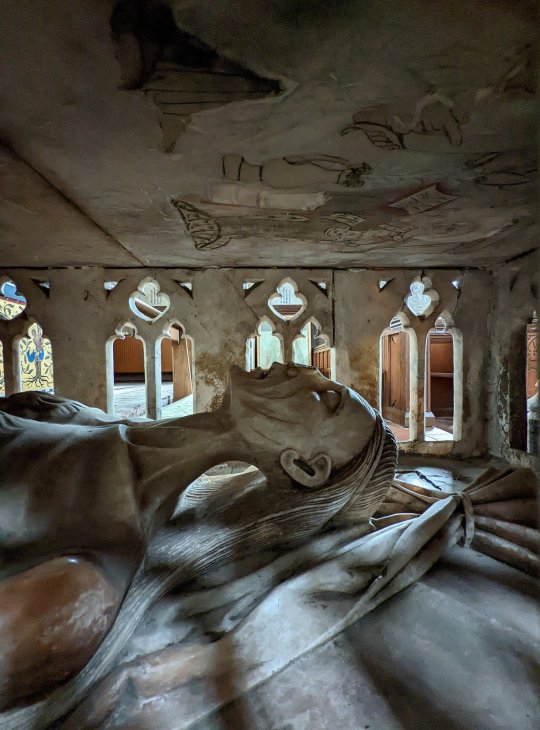
Detail of Alice Chaucher’s tomb, St Mary's Church, Ewelme, 1470s
Duchess of Suffolk and granddaughter of Geoffrey Chaucer, Alice is buried in an elaborated cadaver monument, a two-tiered tomb that was fashionable in the Late Middle Ages. While the top tier shows a dignified effigy of Alice in life, wearing the Order of the Garter, in the one at the bottom she is shown as a decaying corpse staring at a painting of the Annunciation.
Photo by Fiona Charters [x]
177 notes
·
View notes
Text
Historical Costumes of England from the Eleventh to the Seventeenth Century
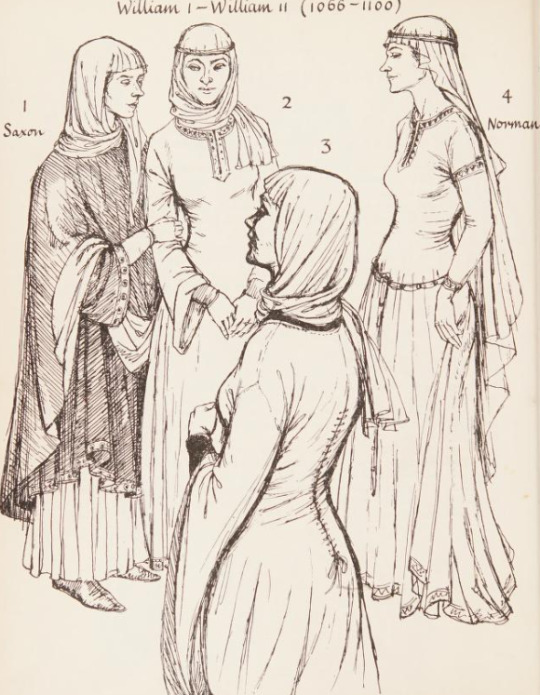
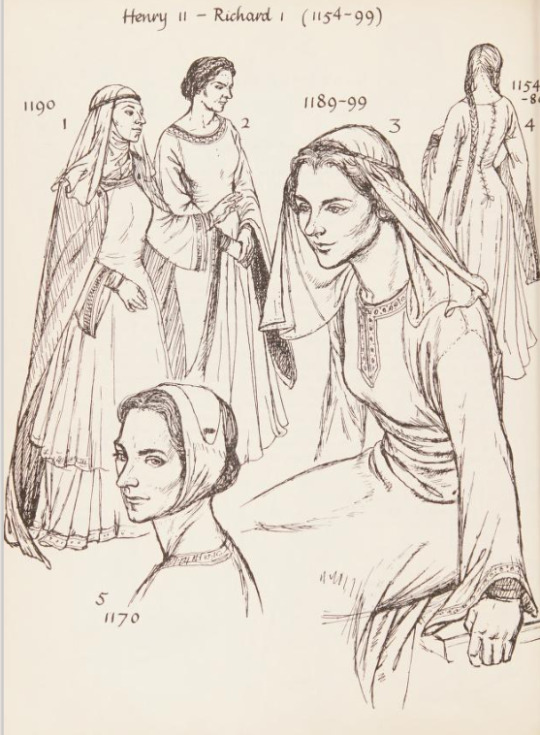
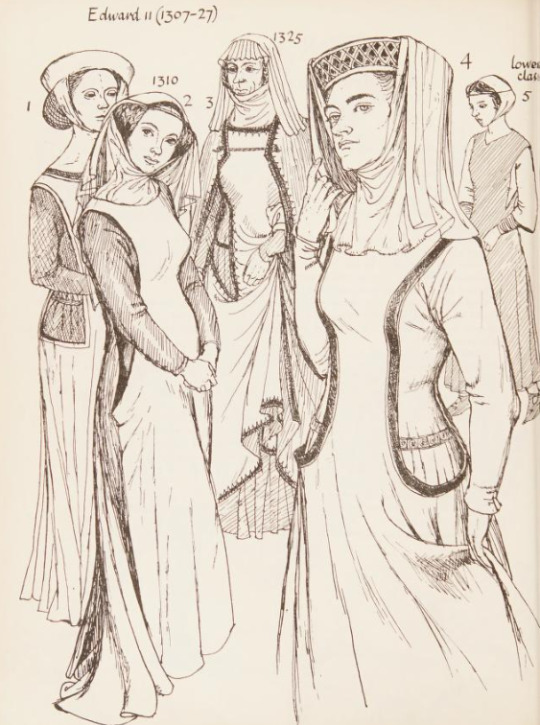
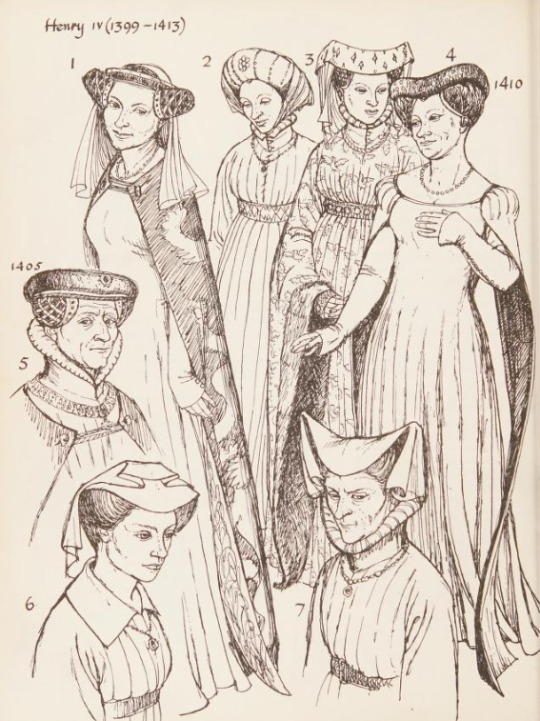
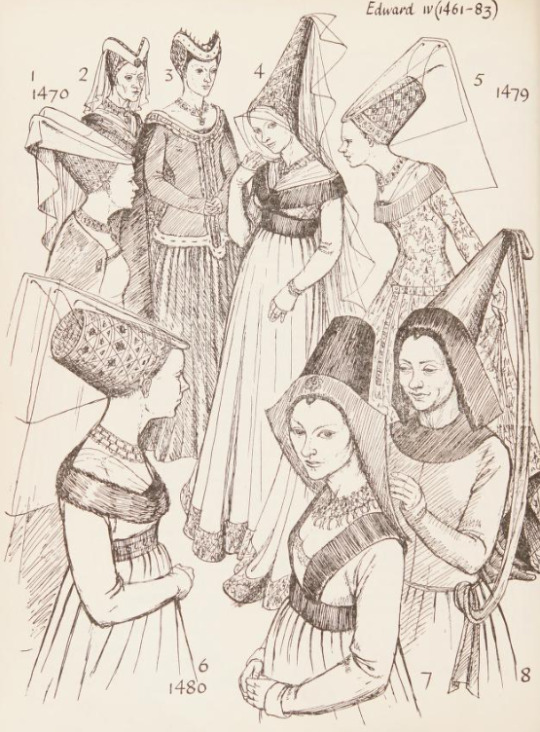

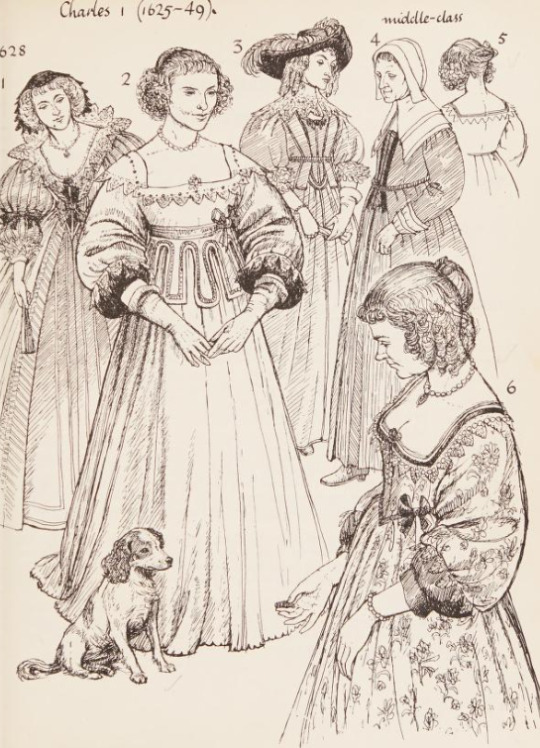
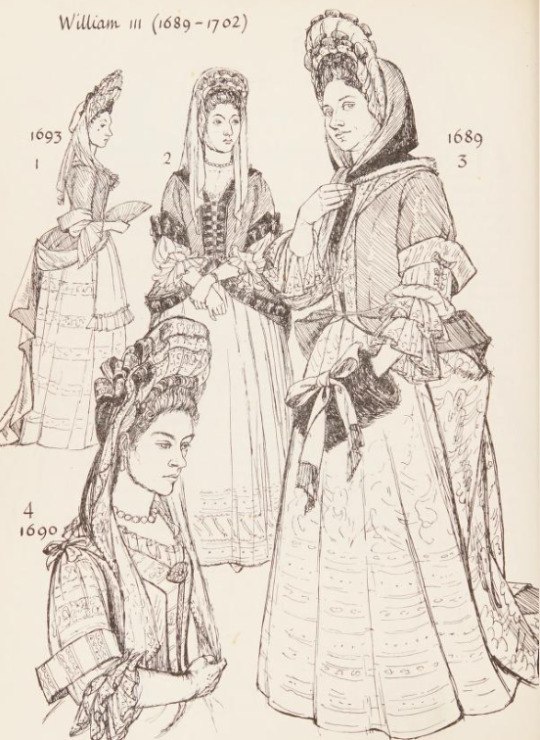
- Nancy Bradfield, 1963
283 notes
·
View notes
Note
What do you feel about the house of york
I feel like it's a medieval dynasty that one a war. That's about it.
I also think that Richard Duke of York was nothing more than a jealous cousin that saw the perfect opportunity to climb the ladder and took it, justly paying the price. Edward IV's anger over his and his brother's death is understandable and so were his actions. Too bad that he didn't saw that the Duke of York's ruthless ambitions had trickled down to his sons Richard and George before they tried it with him. I think the Woodvilles were overtly greedy and took too much of the hand that fed them making the nobility hate them, and they also paid for it. I mean, arranging prestige marriages for every single Woodville? I get it, one of them was the Queen, but come on now, they clearly overplayed.
On the whole, I find this representation of the Yorks as this typical Good HeirsTM that took their rightful place on the throne and stepped up through harsh times that persists so much to this day lame and reductive. The truth of the matter is, they were never more just and GoodTM than the Lancasters. The Lancasters successfully organized a coup and sat the throne, the Yorks did the same, demonizing Henry VI and Queen Margaret of Anjou through propaganda as a freak and an overly ambitious femme fatale respectively, while casting their teenage son as a cruel bastard. All for defending fiercely what was by right theirs (we have Shakespeare to blame for that as well).
#wars of the roses#house york#house lancaster#edward iv#richard duke of york#george plantagenet#richard iii#Henry vi#margaret of anjou#edward of westminster#medieval warfare#medieval england#late middle ages
23 notes
·
View notes
Text
I was wrong about Isaac

While I was researching stuff for Nocturne (by the way: If you have historical questions: Send me an ask. I totally will try and answer it!) I actually stumbled across something about Isaac that I actually got wrong before.
See, I talked before about how the man who owns him wears the Templar colors. And this was confusing to me. Because it made me assume that he was taken in a crusade - even though at the time Castlevania is set the crusades were mostly over. Sure, there were some little pushes happening, but nothing like before 1300. The Templar colors never confused me, because... well, while the Templars were technically not around anymore, their colors stuck.
Well, yeah, so while I looked up a bit more details about the Knight Orders, it suddenly became very clear: He got taken to Portugal. He was from the West Coast of Africa (the voice actor confirmed this). And at the time the series takes place, the Order of Christ (out of which the Templars came and into which they reintegrated in the end) had started to capture and buy slaves from West Africa and bring them to Iberia.
And yeah, that now makes sense. He got taken to Iberia with a slave ship as a child. And he probably stayed on Iberia after escaping. In the flashback when Dracula recruits him, he is shown to be staying in what appears to be an abandoned Mosque in what looks like a desert. And given with Reconquista going on at the time, this probably is a Mosque abandoned by the Mohrs. There is desert on Iberia after all.
So... Uhm, yeah, this makes a lot more sense now historically speaking. I was wrong about this before.
I still obviously am keeping the old version around for my stories, because... well, there is a lot of hints towards those within all the stuff I have written about him and the Styria characters. But... Well, I do feel confident that the above is what was actually intended there.
#castlevania#castlevania netflix#castlevania isaac#isaac laforeze#late middle ages#templars#history#reconquista
38 notes
·
View notes
Photo

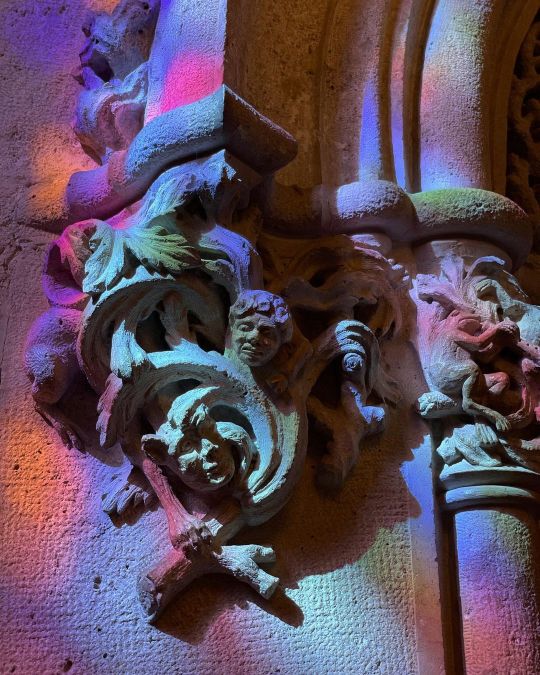
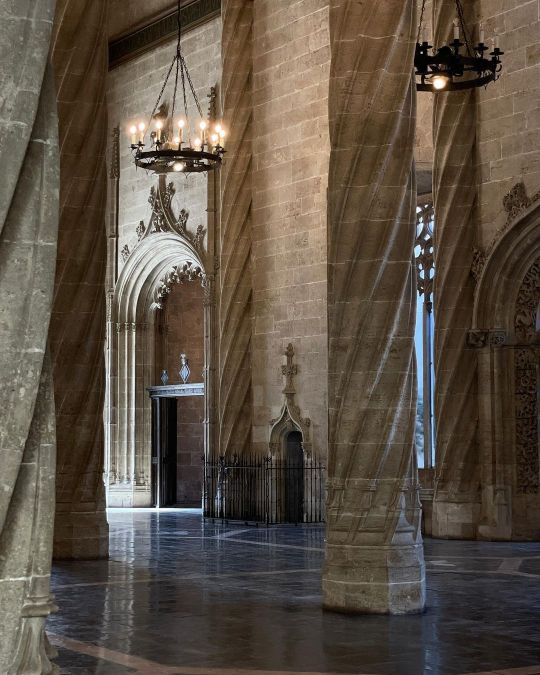



Llotja de la seda (meaning Silk Exchange) was built between the years 1482 and 1548 in València (Valencian Country). It was one of the central places for commerce in the city in the Late Middle Ages.
For many centuries, València has been one of the major Mediterranean mercantile cities, a position that reached its “golden century” in the 15th and 16th centuries taking advantage of its strategic location for the trade between Southern Europe and Northern Africa. Thanks to this prosperity, the city built the Silk Exchange to be what has been called “a masterpiece of late Gothic architecture”, an exceptional example of a secular building in late Gothic style.
The photos are by moraime on Instagram.
#llotja de la seda#valència#país valencià#història#fotografia#travel#medieval#middle ages#late middle ages#unesco world heritage site#15th century#16th century#gothic#late gothic#1400s#1500s#mediterranean#history#europe#art history
316 notes
·
View notes
Note
I’m the Middle Ages, we’re their likely any instances where the local “lord” (or equivalent) was poorer than some of the people under his lordship, like a landed knight being poorer than the local wealthy yeoman? I suppose, if so, intermarriage would be the likely resolution?
So if you look through my tag on "genteel poverty," you can certainly see that this was a phenomenon that cropped up during the Late Middle Ages and really took off during the Early Modern period due to the price revolution. However, it might be more likely to happen with regards to the local wealthy merchant than the local yeoman, since it was easier for the upwardly mobile to make their fortune in commerce than in agriculture.
Intermarriage was one resolution, being forced to gradually sell off land was another, but in moments of broader crisis other options like burning down the manor house or the house of the uppity merchant also became possibilities. People did have a way of taking advantage of larger phenomena to settle local scores.
26 notes
·
View notes
Text



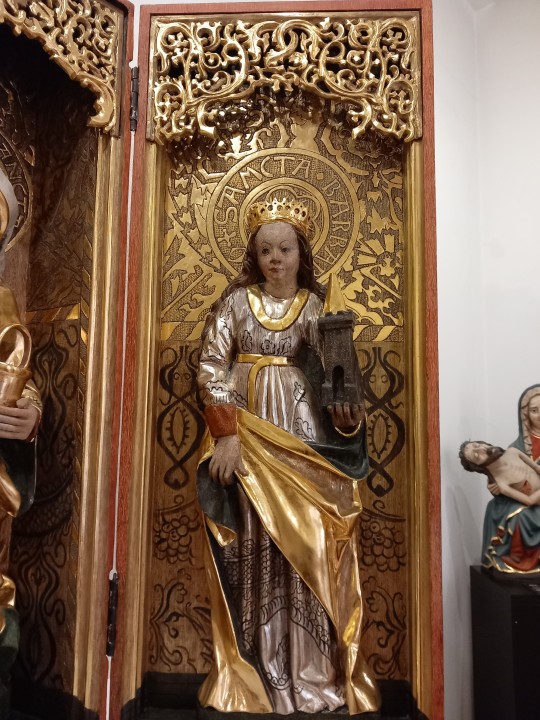
#saints#gothic art#medieval#triptych#christianity#madonna with child#saint barbara#saint catherine#saint anna#saint martha#altar#late middle ages#art history#museum#my pic#gold
19 notes
·
View notes
Text
From Freydal’s Tournament Book of Emperor Maximilian I

2 notes
·
View notes
Text
youtube
Firminus Caron (fl. 1460–1475) - Hélas que pourra devenir mon cueur ·
Huelgas Ensemble · Conductor: Paul Van Nevel
3 notes
·
View notes
Text
There's not enough Hundred Years War discourse on this website.
68 notes
·
View notes
Text

Zodiac man from 'Ars computistica'. Manuscript by Heymandus de Veteri Busco, 1488. The figure of a man with the signs of the zodiac connected to their corresponding body parts. The zodiac was thought to exert influence over the body and was therefore consulted for propitious times to apply such remedies as bloodletting. Medical astrology (Iatromathematics) is an ancient medical system that associates various parts of the body, diseases, and drugs as under the influence of the sun, moon, and planets, along with the twelve astrological signs. Each of the astrological signs is associated with different parts of the human body. The underlying basis for medical astrology, astrology itself, is considered to be a pseudoscience or superstition as there is no scientific basis for its core beliefs.
#zodiac man#medical astrology#15th century#heymandus de veteri busco#iatromathematics#astrological signs#human body#manuscripts#illuminated manuscript#ars computistica#divinatory material#the art of anatomy in medieval europe#late middle ages
5 notes
·
View notes
Text
Eleanor, the Queen: Defending Monks and Clergy in Medieval England
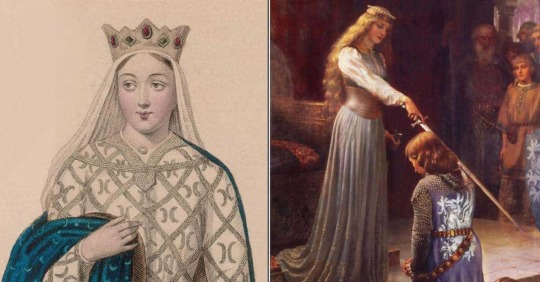
View On WordPress
#biographies#Eleanor Of Aquitaine#Eleanor of Aquitaine&039;s Advocacy for Clergy&039;s Rights#history#late middle ages#Medieval England#MEDIEVAL HISTORY#Monks&039; Land Rights#Queen Eleanor&039;s Defense of Monks&039; Land Rights in Medieval London#Queen Eleanor&039;s Support for Monks and Pope Alexander III#ROYAL HISTORY#royal women
0 notes
Text
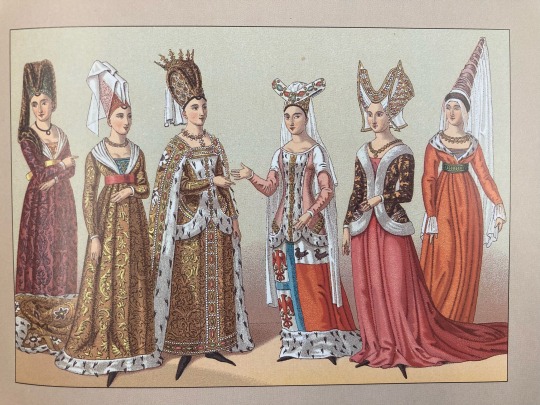

French court dress of the late Middle Ages (1300s and 1400s), from Albert Racinet’s The Historical Encyclopedia of Costumes (updated edition)
51 notes
·
View notes
Text
When they first met
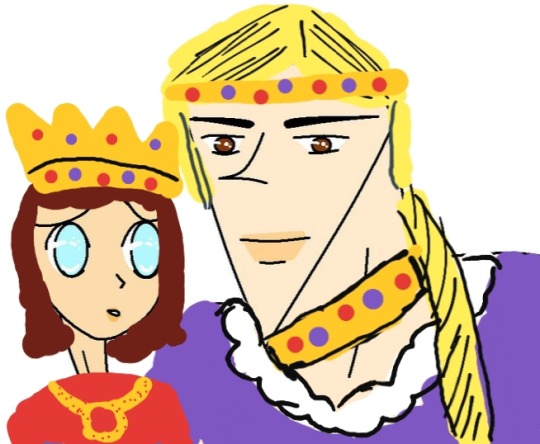
Henry VI: L- Lady Margaret? 🙁❤💗💕💝💞
Margaret: It's Queen Margaret already, actually. 😎💋
#Henry VI#margaret of anjou#medieval history#medieval england#house of lancaster#medieval europe#late middle ages
4 notes
·
View notes
Text
Timeline of the Middle Ages |

Have you ever been confused about the general order of when things happened in the Middle Ages? In this post, Medieval Collectibles hopes to give you a quick timeline of the span of European history known as the Middle Ages.
What were the Middle Ages?
The Middle Ages were a period of time that spanned from the Fall of the Roman Empire to the beginning of the Renaissance. The exact dates for this differ between historians, but the dates of 476 and 1492 make good start and stop dates. 476 was the Fall of Rome to Odoacer and the end of the last emperor in Rome itself. Meanwhile, 1492 was the start of Christopher Columbus’s voyage to the New World. This date does overlap with some historians’ timeframe for the Renaissance. Together, the two dates span over 1000 years of human history. This covers a lot and is why many historians break down the Middle Ages into different parts.
How are the Middle Ages divided?
A way of dividing the timeline of the Middle Ages is between the Early, High, and Late Middle Ages. The Early Middle Ages covers the timeframe from the Fall of Rome to the 10th century. This period covers multiple well-known names and empires. For example, much of the early Arthurian legends place King Arthur at the beginning of this age. In later centuries, there was Charlemagne and the Carolingian Empire alongside the Viking Age. This is also the beginning of the Holy Roman Empire. All of these people and empires began or occurred within the Early Middle Ages.

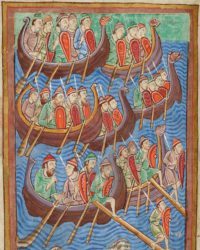
The 11th century starts the High Middle Ages. They last until the 14th century. At the very start of this period is the Norman Conquest of 1066, and it is filled with the Crusades. This is the era of Richard the Lionheart and, therefore, Robin Hood as well. As this period comes to a close, a volcanic eruption causes significant flooding and bad harvests.


With the Late Middle Ages starting in 1300, Europeans were faced with a lot of strife and death. This is the period that includes the Hundred Years War, the Black Death, and the Wars of the Roses amongst other issues. Famines and revolts were not unknown in this era. This is also the time of the Gutenberg press and the beginning of the Renaissance. Some of the major figures of this era include Joan of Arc, Henry VII, and Ferdinand and Isabella.


Summary
Since the Middle Ages covers 1000 years, a lot happened during this period. From the Vikings to Black Death and more, this period of time saw great changes and upheavals. We hope that you now have a better of idea of the timeline of the Middle Ages.
#medieval history#history#medieval collectibles#medieval#middle ages#10th century#11th century#12th century#13th century#14th century#knights#black death#vikings#military#military battles#historical#High middle ages#Late Middle Ages#holy roman empire
1 note
·
View note
Photo
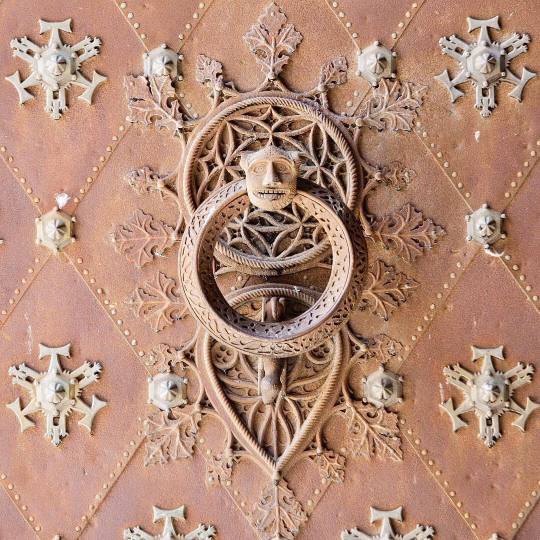
Wrought iron door-knocker in the main gate of the Western façade of the Cathedral in Tarragona (Camp de Tarragona, Catalonia), Catalonia’s biggest Medieval church. The door-knocker was made between the years 1490 and 1511 in Gothic style.
Photo by Casa Balcells restaurant.
#tarragona#catalunya#arts#fotografia#crafts#iron#wrought iron#blacksmith#medieval#middle ages#late middle ages#1400s#1500s#gothic#travel#ornament#travel photography#europe#art#wanderlust
99 notes
·
View notes